| |
|
1st BfR-Academy Training School on Nanotechnologies for Risk Assessors (March 2015)
The Federal Institute for Risk Assessment (BfR) organizes the first training school on nanotechnologies, which is specifically dedicated to persons involved in risk assessment and regulation of nanomaterials (NM).
This training school will give a state of the art overview on NM characterization, NM toxicity testing, exposure assessment as well as NM risk assessment and will also discuss methodological limitation and future needs and challenges.
|

|
|
Nanotechnology aims to avail engineering community in all countries of the world of attractive and accessible information on the state of the World and Israel NanoSciences , NanoTechnologies and Quantum Computers
http://www.nanotechnology.org.il/
|

|
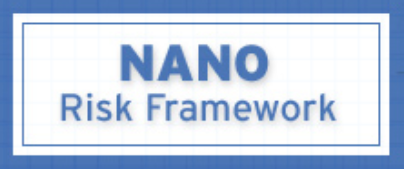
|
NANO Risk Framework: The Framework is a joint effort by Environmental Defense Fund and DuPont to establish a process for ensuring the responsible development of nanoscale materials, which can then be widely used by companies and other organizations.
http://www.nanoriskframework.com/ |
NMP TEAM, which is an FP7 NMP funded project, is about improving the services of the NMP NCP Network through trans-national activities. The NCP TeAm project aims at an improved NMP NCP service across Europe therefore helping simplify access to FP7 calls, lowering the entry barriers for newcomers, and raising the average quality of submitted proposals through closer collaboration between the NMP NCPs. Its aim is also the normalization of the differences in knowledge and quality of provided services across the NCP Network in Europe and beyond.
http://www.nmpteam.com/
|
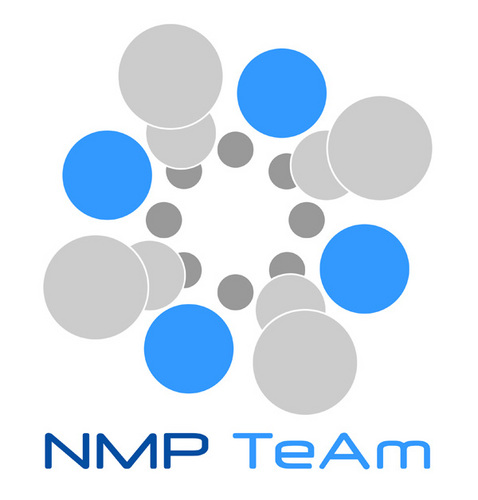
|

|
Nanonorma aims at answering the question: What is the normative framework for emerging technologies?
http://www.nanonorma.org/ |
SRAnano has been created in order to facilitate the exchange of ideas and knowledge among practitioners, researchers, scholars, teachers, and others interested in risk analysis and emerging nanoscale materials, to encourage collaborative research on risk analysis and emerging nanoscale materials, and to provide leadership and play an active role in advancing issues related to risk analysis and emerging nanoscale materials.
http://www.sranano.org/index.html
|
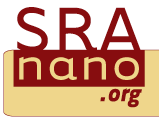
|

|
NANO Risk Framework: The Framework is a joint effort by Environmental Defense Fund and DuPont to establish a process for ensuring the responsible development of nanoscale materials, which can then be widely used by companies and other organizations.
http://www.nanoriskframework.com/ |
NAPIRAhub Server is a hub on nanomaterials which regroup installations, projects (NANEX, NANOGENOTOX, NANOmmune,NANOPOLYTOX, NANOtest,...) and OECD-WPMN Projects.
http://www.napira.eu/
|

|
The Global Nanotechnology Network (GNN) is a platform for addressing global challenges in energy, environment, health care, and public safety. GNN consists of diverse nanotechnology stakeholders from industry, academia, and government. Based on the principles of universal participation, collective planning, and joint ownership, GNN is dedicated to promoting beneficial collaborations in nano research, education, and networking.
http://www.globalnanotechnologynetwork.org/
|
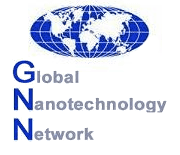
|

|
FramingNano: Governance in Nanoscience and Nanotechnology. The Project formally concluded its work at the end of March 2010 following publication of the FramingNano governance platform and its executive summary and a series of national workshops aimed at disseminating information about the outcomes of the project and discussing possible routes forward concerning principles and proposals outlined in the governance platform with key stakeholders at national level.
http://www.framingnano.eu/
|
|
The SIINN ERA-NET promotes the safe and rapid transfer of European research results in nanoscience and nanotechnology (N&N) into industrial applications. National and regional resources will be virtually pooled to create a transnational programme of research. SIINN will bring together today’s fragmented research activities on the potential risks of engineered nanomaterials for environment, human health, and safety.
http://www.siinn.eu/en/
|
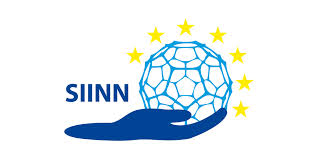
|
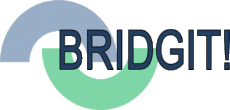
|
BRIDGIT: European standardization and research are closely linked and yet today do not interact sufficiently to maximize synergies and to drive together European innovation. A first move into this direction was made by CEN and CENELEC through the Integrated Approach.
The project BRIDGIT is now taking this approach further.
Stakeholders of this project are all national members of CEN and CENELEC as well as the research community, looking to maximise the economic and social benefit of new ideas and technologies.
BRIDGIT aims to 'bridge the gap' between standardization, research and innovation by:
- demonstrating the best practices in Europe among the standardization organizations to reach out to the research community
- transferring the idea of the Integrated Approach to all CEN and CENELEC members, to the research communities in Europe and to other actors involved in research
- disseminating the evidence of the correlation between standardization and innovation
http://www.ebn.din.de/cmd?cmsrubid=192519&menurubricid=192519&level=tpl-rubrik&menuid=99695&languageid=en&cmsareaid=99695
|
| NanoDefine:
We
have come a long way in exploring the full potential of nano as a key
enabling technology, yet, there are still uncertainties surrounding
environment, health and safety (EHS) issues and the questions that need
to be addressed: what is or isn’t a nanomaterial. One challenge consists
in the development of methods that reliably identify, characterize and
measure nanomaterials (NM) both as substance and in various products and
matrices. In responses, the European Commission has recently
recommended a definition of NM as a reference to determine this
(2011/696/EU).
The NanoDefine project will explicitly address this question over the next four years.
www.nanodefine.eu
|
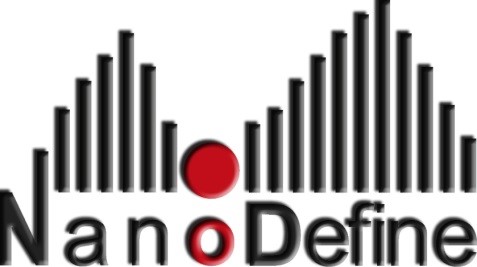
|

| |